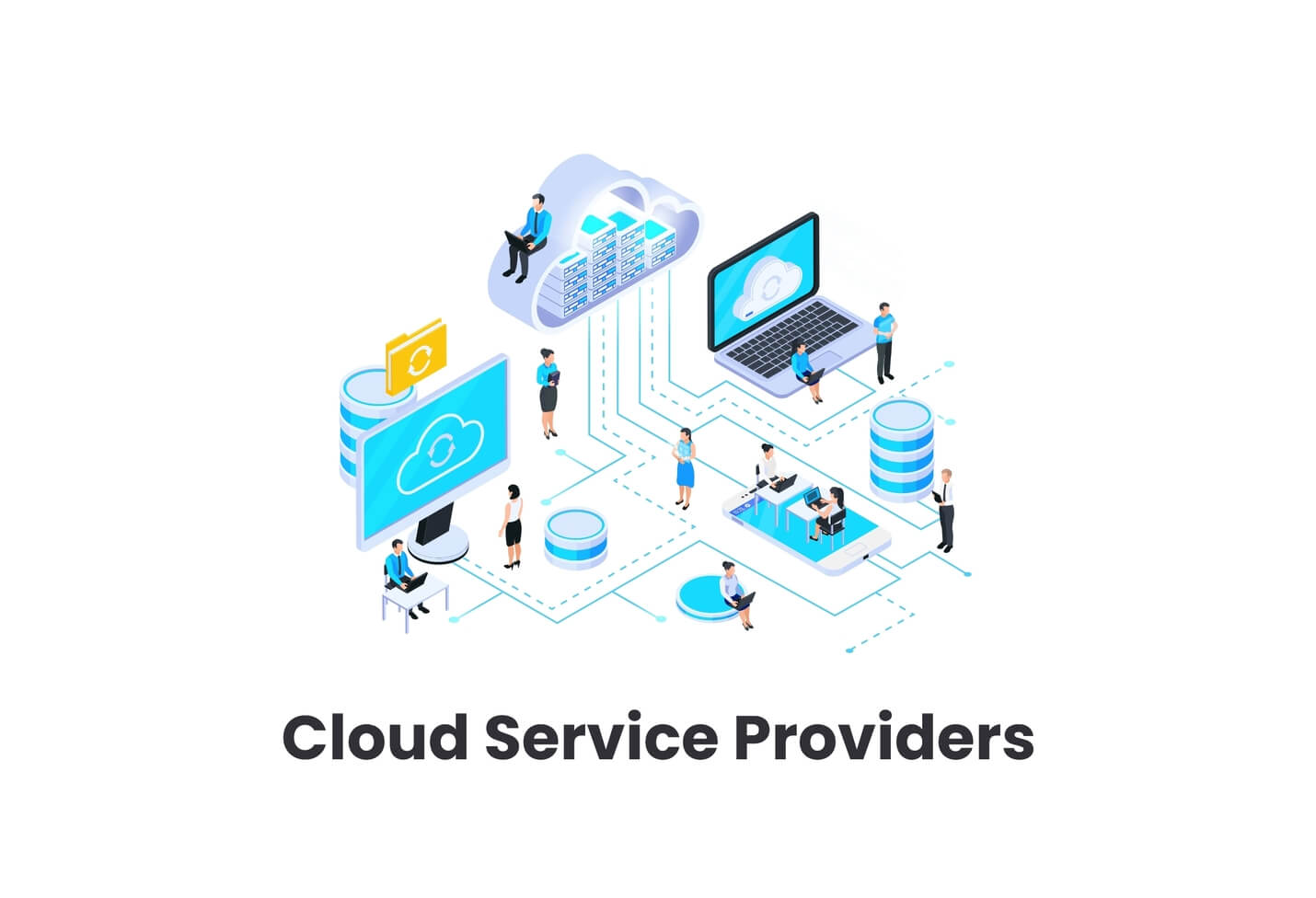Simplify Your Infrastructure With Cloud Solutions
As companies browse the ever-evolving landscape of modern technology and information monitoring, the function of cloud solutions in simplifying facilities has actually ended up being progressively noticeable. The allure of structured procedures, improved efficiency, and boosted source appropriation via cloud options is indisputable. The trip in the direction of an extra agile and affordable IT framework includes even more than just moving to the cloud. It needs a critical method and a deep understanding of the nuances of cloud fostering. So, just how can organizations successfully navigate this transition and really unlock the capacity of cloud services for simplifying their framework?
Benefits of Cloud Services
Cloud solutions offer a streamlined technique to handling IT facilities, giving organizations with scalability, cost-efficiency, and flexibility. Among the essential benefits of cloud services is the scalability they use. Businesses can conveniently scale their sources up or down based upon need, guaranteeing they only pay for what they utilize. This flexibility is particularly advantageous for services with changing needs or those experiencing growth.
In addition, cloud solutions eliminate the requirement for businesses to buy pricey hardware and software program. This cost-efficiency is a substantial benefit, particularly for small to medium-sized business looking to lessen ahead of time expenses. By making use of cloud services, companies can access high-quality IT sources without the large price connected with traditional infrastructure setups.
Moreover, cloud services supply companies with the adaptability to access their data and applications from anywhere with a net link. This level of access boosts cooperation amongst teams, enables remote work, and enhances total productivity. The flexibility supplied by cloud services empowers organizations to adjust swiftly to transforming market problems and consumer needs.
Cost Financial Savings and Scalability
In addition to the functional advantages highlighted previously, the integration of cloud services into a business's framework yields substantial cost financial savings and enhanced scalability. Cloud solutions use a pay-as-you-go design, permitting services to scale sources up or down based on existing demands, therefore preventing the costs connected with maintaining excess ability. This flexibility allows companies to adapt promptly to rising and fall needs without incurring unneeded expenditures.
Furthermore, cloud services eliminate the need for upfront investments in equipment and software, reducing resources expenses. Operating budget are additionally decreased as business no more require to handle and preserve physical web servers, resulting in reduced energy intake and IT staffing expenses. Additionally, cloud services supply automated updates and maintenance, ensuring that the framework continues to be safe and up-to-date without needing manual treatments.
Enhanced Safety And Security Procedures
Implementing strict safety and security steps is extremely important when integrating cloud services right into a firm's framework to guard delicate data and guarantee conformity with market regulations. Cloud service carriers offer boosted protection attributes such as information file encryption, firewall program security, and multi-factor verification to minimize cybersecurity threats.
In addition, regular protection audits and compliance assessments aid recognize vulnerabilities and ensure adherence to sector criteria. Business can additionally gain from features like automated safety updates and real-time threat surveillance offered by cloud provider. By prioritizing protection steps and staying proactive in resolving potential dangers, organizations can with confidence leverage cloud solutions while securing their beneficial information from unapproved accessibility or breaches.
Transitioning to Cloud Infrastructure
To efficiently incorporate cloud solutions into a business's framework, a structured technique that deals with the change in the direction of cloud-based solutions is critical. Transitioning to cloud facilities involves cautious preparation and implementation to make certain a smooth migration process - linkdaddy cloud services press release.
As soon as the analysis is full, a migration technique ought to be go to this website established. This technique needs to describe the timeline, resources, and obligations for moving each part to the cloud. It is vital to interact this plan clearly to all stakeholders to ensure positioning and reduce interruptions during the change.
Throughout the movement process, monitoring and testing are vital to identify and deal with any concerns quickly. Normal checkpoints must be established to track progression and make required modifications. Furthermore, training for workers on using cloud services ought to be provided to guarantee a successful change and make best use of the benefits of the brand-new facilities.
Best Practices for Cloud Adoption
Successful adoption of cloud solutions rests on the calculated alignment of service objectives with technological capacities and organizational readiness. To make certain a smooth change to the cloud, organizations must start by performing a thorough evaluation of their current facilities and determining which work are best matched for cloud migration. It is essential to include essential stakeholders from different departments in the decision-making procedure to acquire buy-in and attend to any kind of concerns beforehand.
An additional ideal practice for cloud adoption is to prioritize protection and conformity. Organizations has to carefully examine the protection actions provided by cloud service carriers and guarantee that their data is safeguarded according to industry requirements and this regulatory needs. Applying durable data security, gain access to controls, and regular security audits can help alleviate dangers related to cloud fostering.

Verdict

As businesses browse the ever-evolving landscape of modern technology and information management, the function of cloud services in streamlining facilities has actually come to be increasingly noticeable - Cloud Services. How can companies efficiently navigate this transition and genuinely unlock the capacity of cloud services for simplifying their framework?
Cloud solutions provide a structured technique to handling IT infrastructure, supplying services with scalability, adaptability, and cost-efficiency. By utilizing cloud services, businesses can access high-quality IT sources without the substantial cost tag connected with conventional facilities arrangements.
To make certain a smooth shift to the cloud, organizations must begin by carrying out a comprehensive evaluation of their existing framework and recognizing which workloads are best suited for cloud movement.